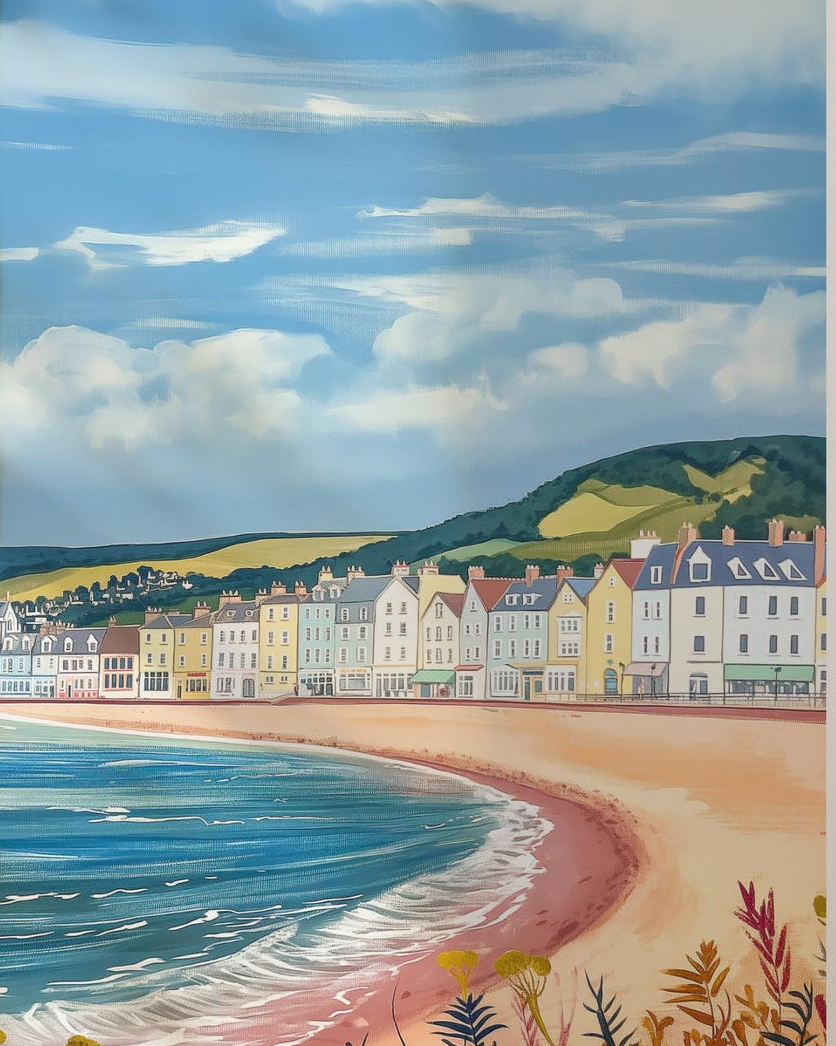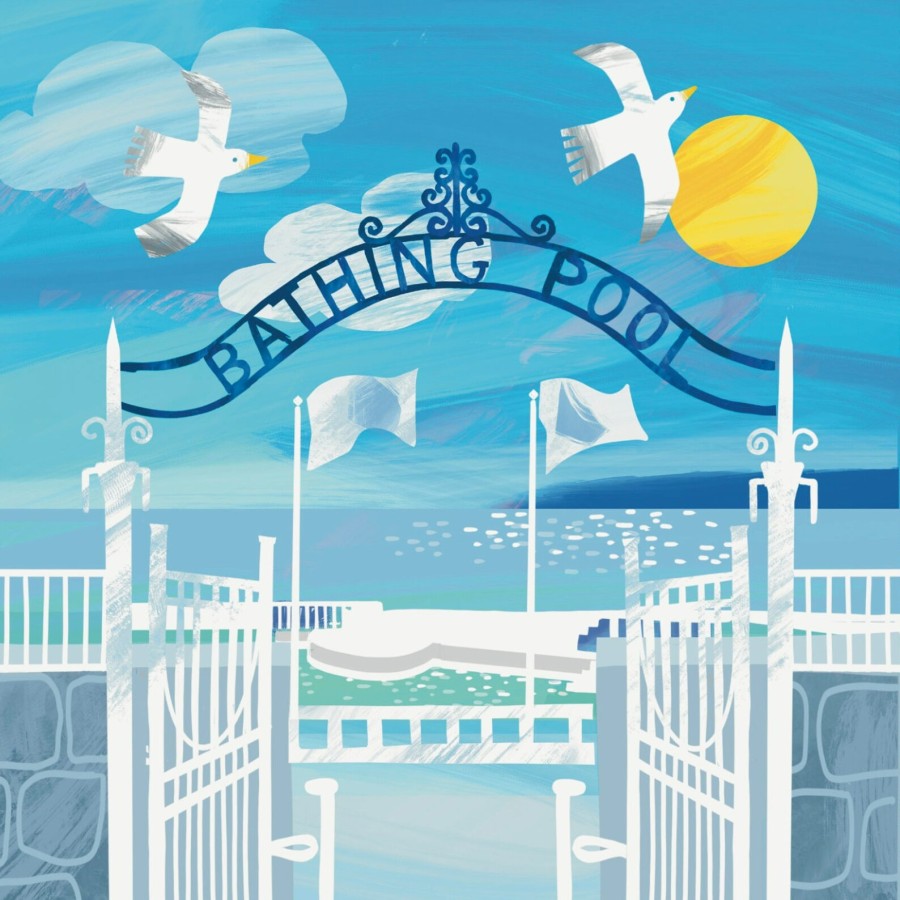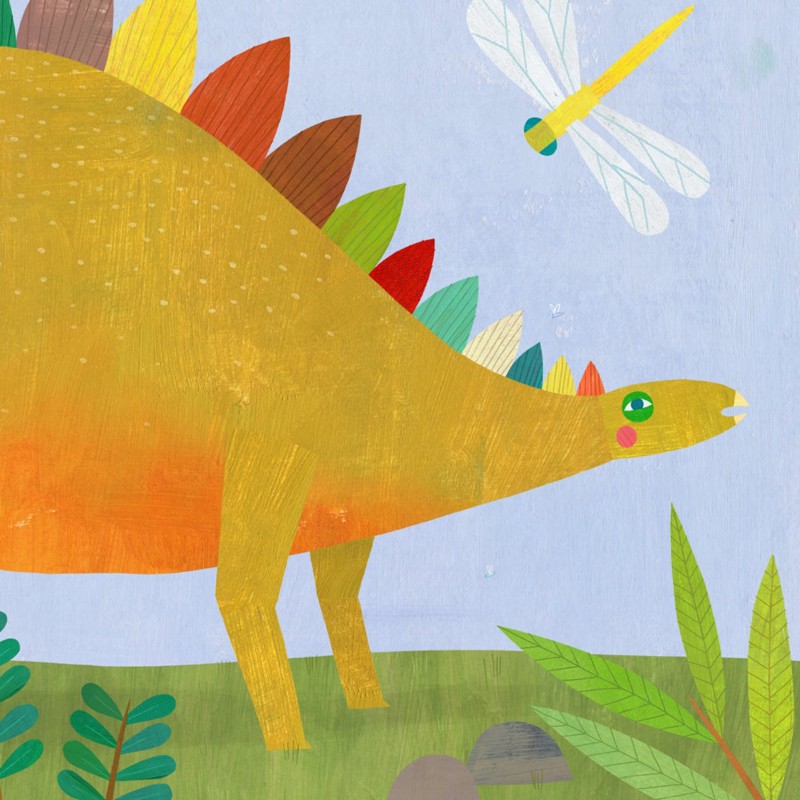Exploring the (quieter) East Devon Coast

Exmouth, Ava Lily
South and North Devon may get more publicity, but the East Devon coast is just as beautiful, and quieter too, if you prefer to get away from the tourists. Partly situated on the Jurassic Coast, part of Exmoor National Park is also here (the only National Park with a coastal area).
If visiting the coast with your pooch, read our post on keeping dogs safe by the seaside.
The main three towns on East Devon’s coast are:
Exmouth (Devon’s oldest seaside resort)
This has the longest sandy beach in Devon, and is the starting point for the Jurassic Coast World Heritage Site, which extends into Dorset. Sitting on the River Exe estuary, it’s also Devon’s oldest seaside resort, that began as a tiny village.
It’s also home to A La Ronde, a unique 16-sided house, built in the 18th century by two spinster cousins, who were inspired after a grand tour of Europe.
Now owned by the National Trust, the surrounding orchard is home to many old Devon varieties of apple, plum and medlar trees, and a hay meadow full of butterflies and crickets. It even has a ha-ha lawn (a type of sunken fence popular in 18th century gardens).
Sidmouth (Sir John Betjeman’s favourite!)
Poet Sir John adored this little East Devon coastal resort, a hidden gem that has its own band of Sidmouth Plastic Warriors, which gives out litter-picking equipment, encourages local businesses to go plastic-free and has numerous butt bits to prevent cigarette litter.
Known for its regency architecture, this area is home to The Donkey Sanctuary (which rescues working donkeys at home and abroad, to enjoy a new restful life with fellow friends). It’s also one of England’s few ‘big charities’ that uses most donations to help donkeys, rather than paying for TV ads and sending people free pens.
The charity was founded by former teacher Elisabeth Doreen Knowles, a Yorkshire woman who with her husband, bought a Devon hotel with money from selling an invention to dry cloth nappies.
After trying to rescue neglected donkeys in a livestock pen at an Exeter market, this led her to establish the sanctuary, that is now known for its work worldwide. Read more on helping donkey friends!
In the early 1800s, Sidmouth beach was wild and inaccessible, due to high tides and coastal erosion, before sea defences were built. It’s thought that an entire hamlet lies lost beneath the waves.
Budleigh (beavers helping to prevent floods)
This is the Devon town where rewilding of beavers has been shown to prevent floods. These huge vegetarian rodents were almost hunted to extinction, but today people are using their dam-building skills to do what councils seem unable to do, and stop river banks bursting.
It’s important that rewilding only takes place by experts, to avoid harm to other creatures. Read more on beavers (nature’s flood-reducing architects!)
This town also has a history of salt-making (which is why the town is also called ‘Budleigh Salterton’). Salt was collected from the beach that features ‘Budleigh Buns’, the oldest rocks on the Jurassic Coast, dating back 445 million years. The beach is also bordered by stunning red sandstone cliffs.





